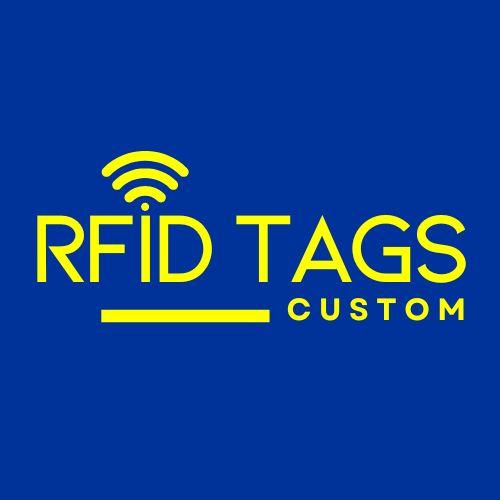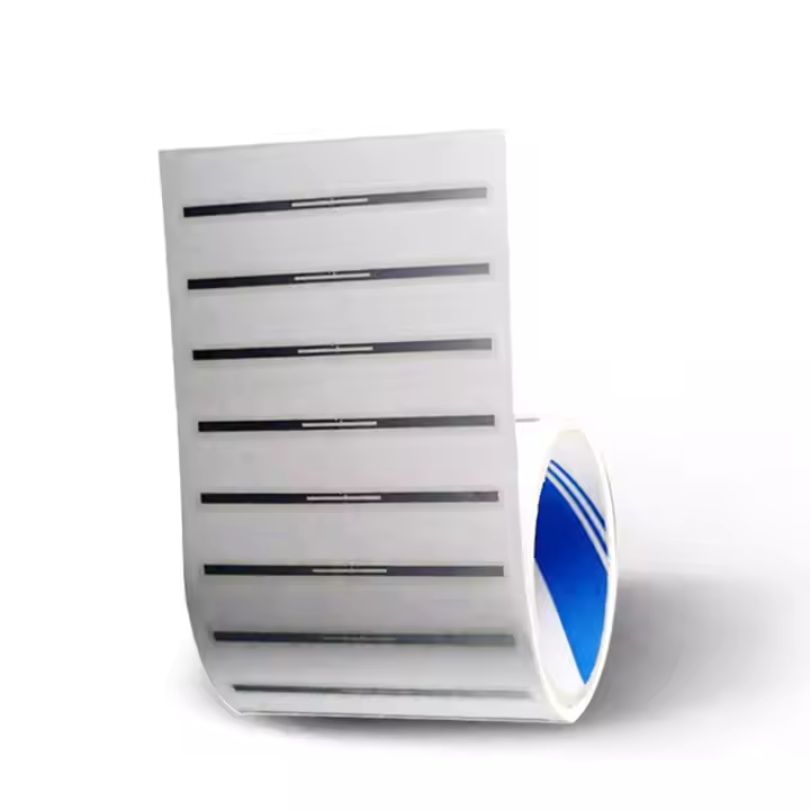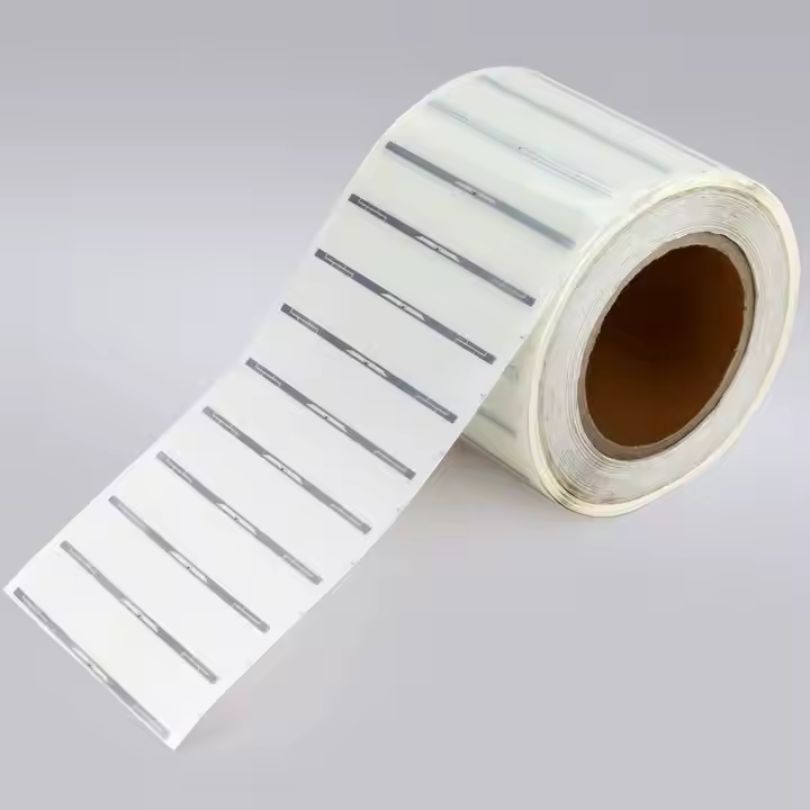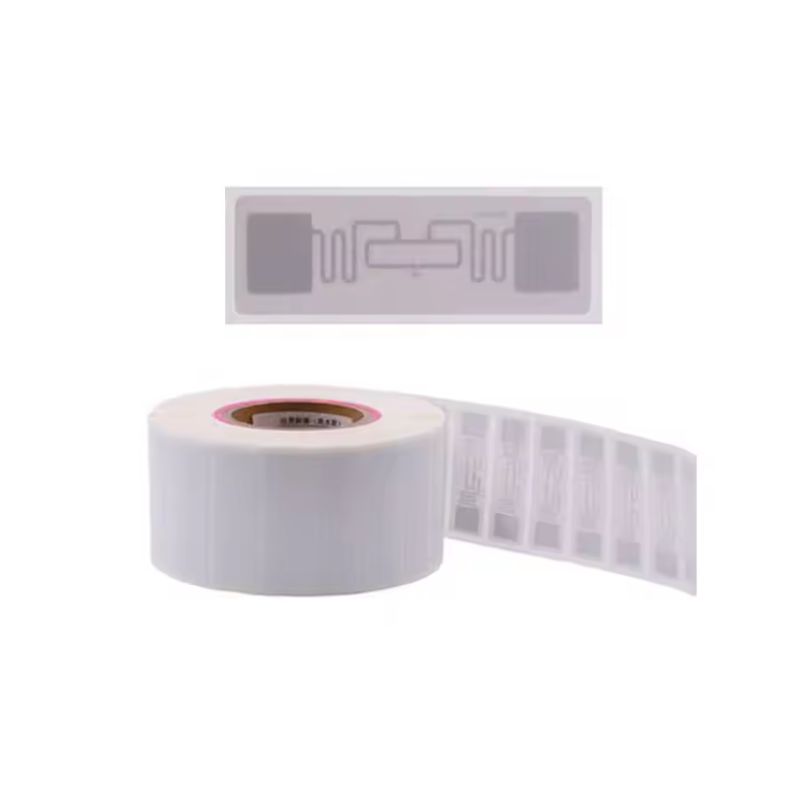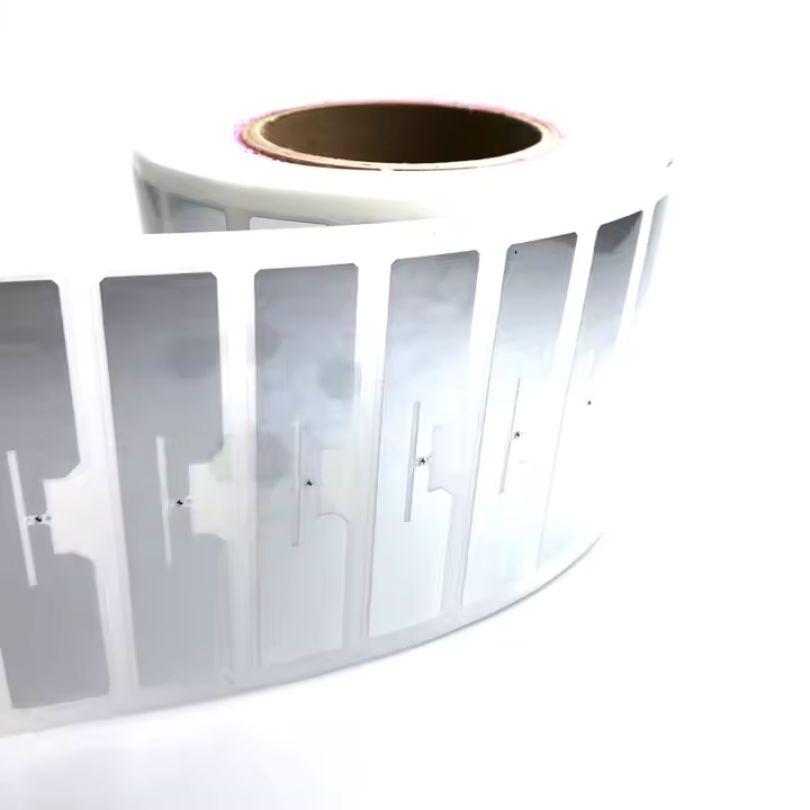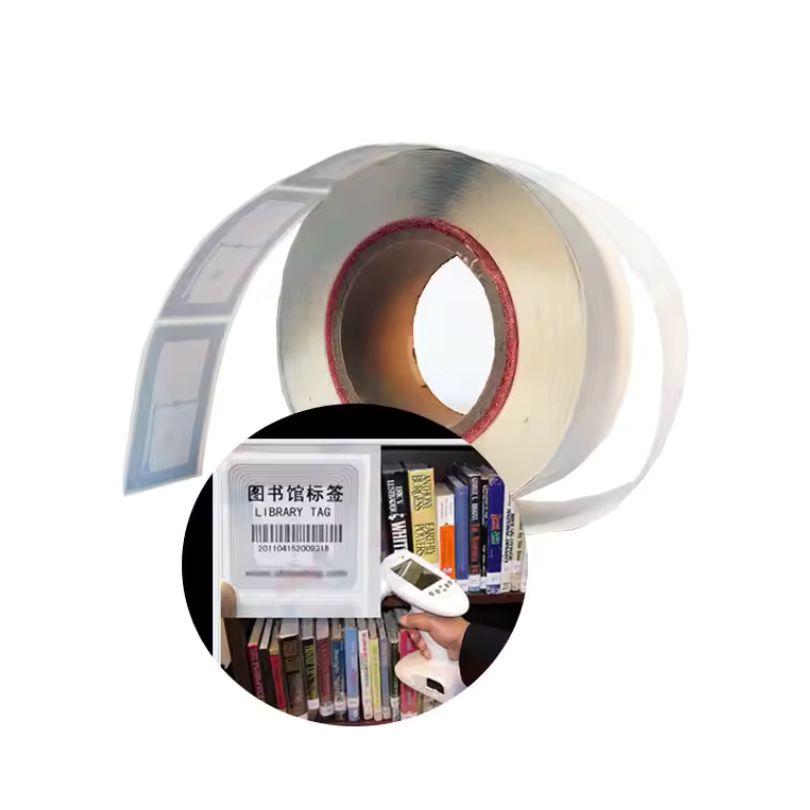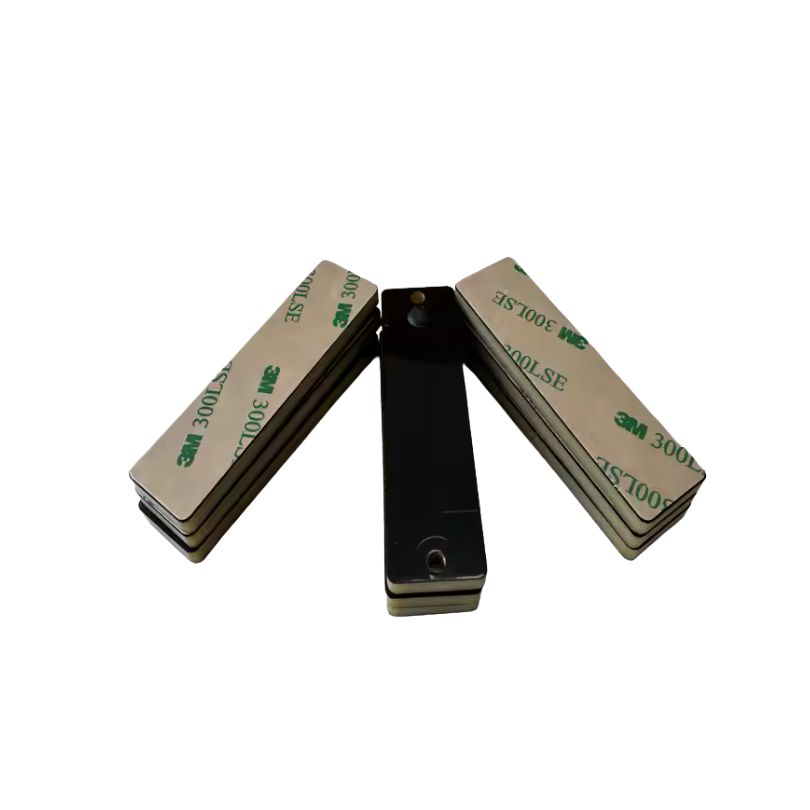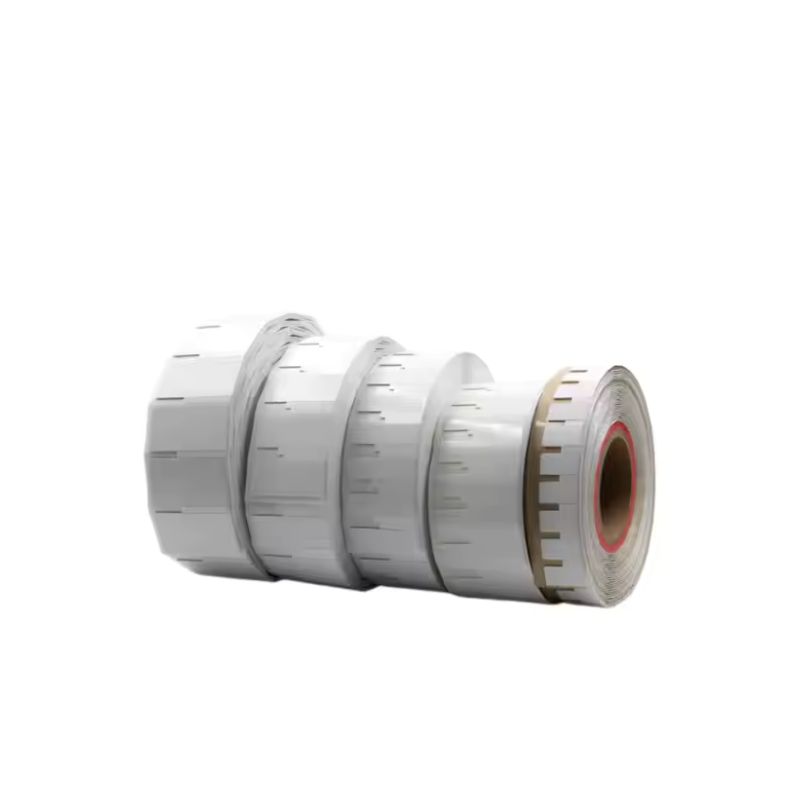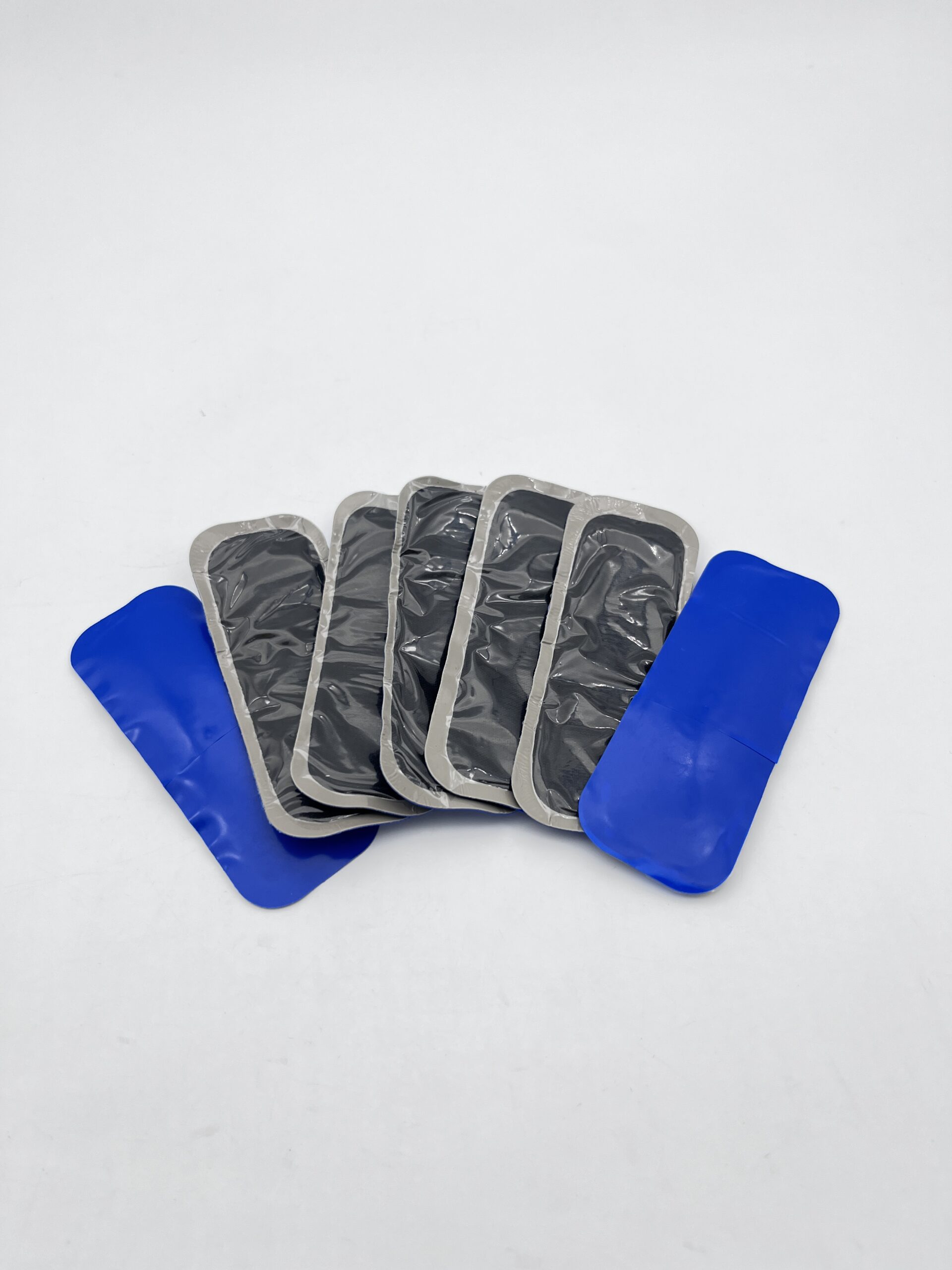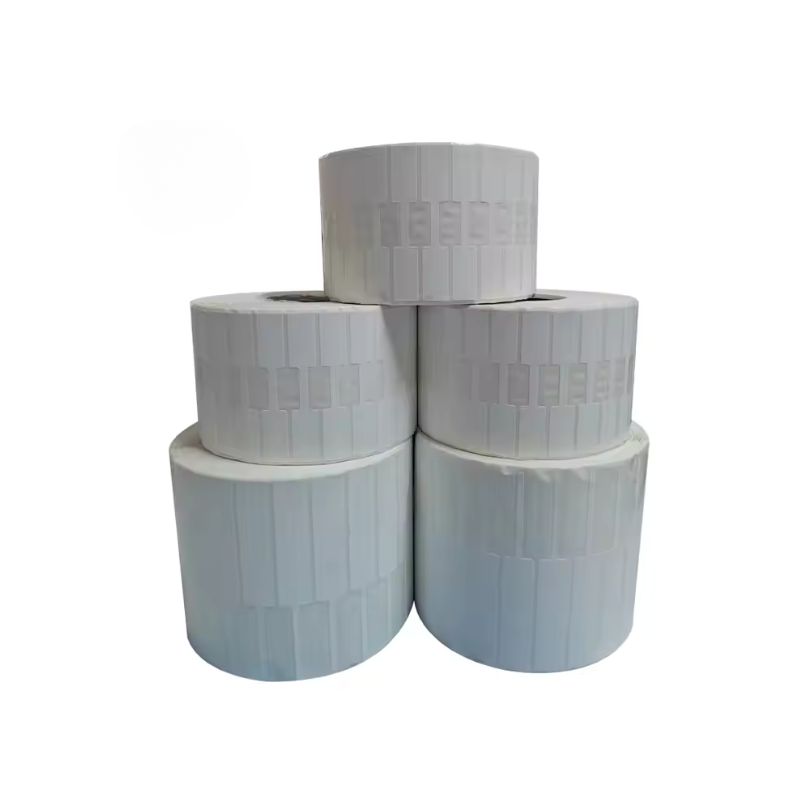
- Home
- Custom RFID Tags
- Customizable UHF Asset Tags for RFID Library Solutions
Customizable UHF Asset Tags for RFID Library Solutions
Customizable RFID Library Solutions – UHF Asset Tags for Book & Media Tracking
Managing your library’s books, equipment, and media shouldn’t be a guessing game. Our Customizable UHF RFID Asset Tags for Libraries are designed to simplify your operations, reduce loss, and give you full control over every item in your catalog.
These RFID tags are the heart of modern RFID library solutions, from inventory automation to self-checkout and anti-theft protection. Empower your library with real-time tracking and seamless system integration—without overhauling your infrastructure.
Upgrade Your Library with Powerful RFID Technology
Our asset tags aren’t just stickers but smart tools for transforming library workflows. See how our RFID library solutions can benefit your team and your patrons:
- Automate Inventory Checks – Scan entire shelves instantly with handheld readers. Save hours of manual labor.
- Minimize Theft and Loss – Track every book, DVD, and asset in real time with optional tamper-evident designs.
- Enhance Self-Checkout – Improve patron satisfaction by reducing wait times and enabling fast, contactless checkouts.
- Free Up Staff – Automate routine tasks and allow librarians to focus on community engagement and programming.
- Easy Integration – Our RFID tags work with most existing library systems, including Koha, Sierra, Symphony, and more.
Technical Data
| Feature | Specification |
| Frequency | UHF (860–960 MHz) |
| Protocol | EPC Gen2 / ISO 18000-6C |
| RFID Chip Options | Impinj Monza R6-P / NXP UCODE 8 |
| Read Range | Up to 5 meters (16 feet) – library-tested |
| Tag Material | Durable PET |
| Adhesive | High-tack permanent acrylic |
| Operating Temperature | -20°C to +70°C |
| Dimensions | 50mm x 30mm (custom options available) |
| Data Retention | 10 years |
| Tamper Features | Optional slit/break tamper evidence |
| Memory Options | 128-bit EPC, 512-bit user memory (selectable) |
| Compatible Surfaces | Books, DVDs, electronics, plastic, paper |
| Customization | Printing, barcoding, serialization, encoding |
Where RFID Library Solutions Make the Biggest Impact
Our RFID tags for libraries are used in:
- Public Libraries
Automate self-checkout and returns, reduce human error, and improve service speed. - University & Academic Libraries
Manage thousands of assets across departments with accurate tracking and easy audits. - Special Collections & Archives
Add discreet, non-invasive tagging to protect valuable assets while maintaining control. - School Libraries
Streamline inventory and reduce staff workload—especially in small teams.
FAQ
Can these tags work with my current library software?
Yes! Our RFID tags are compatible with most ILS systems like Koha, Symphony, and Alma.
Are the tags customizable?
Absolutely. We offer printing, barcoding, serial numbers, and chip encoding.
What can be stored on the tags?
Title, author, ISBN, copy number—depending on chip memory capacity.
Will these tags damage books or media?
No. Our materials are designed for safe, long-term application on delicate surfaces.
Ready to Upgrade Your Library?
Stop wasting time on manual processes. With our custom UHF RFID tags, you’ll gain full control over your collection, increase staff efficiency, and enhance patron experience.
Get Your Custom RFID Tags
As a leading custom RFID tag manufacturer, we craft solutions based on the unique needs of your operation. We offer a wide range of customization options, including material, size, frequency, encoding, and read distance, ensuring each RFID Tag is perfectly customized to your requirements. No matter what application you use RFID tags for, we can provide rugged, reliable RFID tags that meet the highest quality and durability standards. Here are the main ways we customize RFID tags to fit your needs.

Material Selection
Material is key for customizing RFID tags. Plastic works in harsh conditions, while softer materials suit delicate spaces. Different materials also affect signal performance. Pick what fits your use case to ensure your tags last and work reliably.

Customized Size
Size shapes usability. Small tags fit tight spaces or tiny items, while larger tags are easily read. In crowded areas, sleek tags prevent clashes. Align shape and dimension with your goods for visibility, convenience, and performance.

Frequency Requirements
Choose LF, HF, or UHF based on read range, speed, and interference. LF and HF resist metals and liquids but have shorter ranges. UHF offers an extended range yet may face signal blocks. Match frequency to your environment for reliable performance.

Reading Distance
Define the distance at which you have to read the tag. Short distances work for retail checkouts, while warehouses may need meters of coverage. Antenna design, reader settings, and power outputs affect range.Adjust these factors to capture data accurately at the distance you need.

Encode
Plan how data is stored on each tag. Some only hold an ID, while others contain detailed info. Decide if you need a simple EPC or added user memory. Ensure your chosen format works with existing software. Proper encoding streamlines processes and slashes errors.

Application Environment
Consider real-world conditions. Temperature swings, humidity, and chemicals can degrade tags. For outdoor use, opt for UV-resistant casings. In healthcare or food settings, ensure compliance with safety rules. Matching your tags to the environment maximizes their lifespan.
Related Products
Customize any RFID tags from our factory to meet your requirements.
